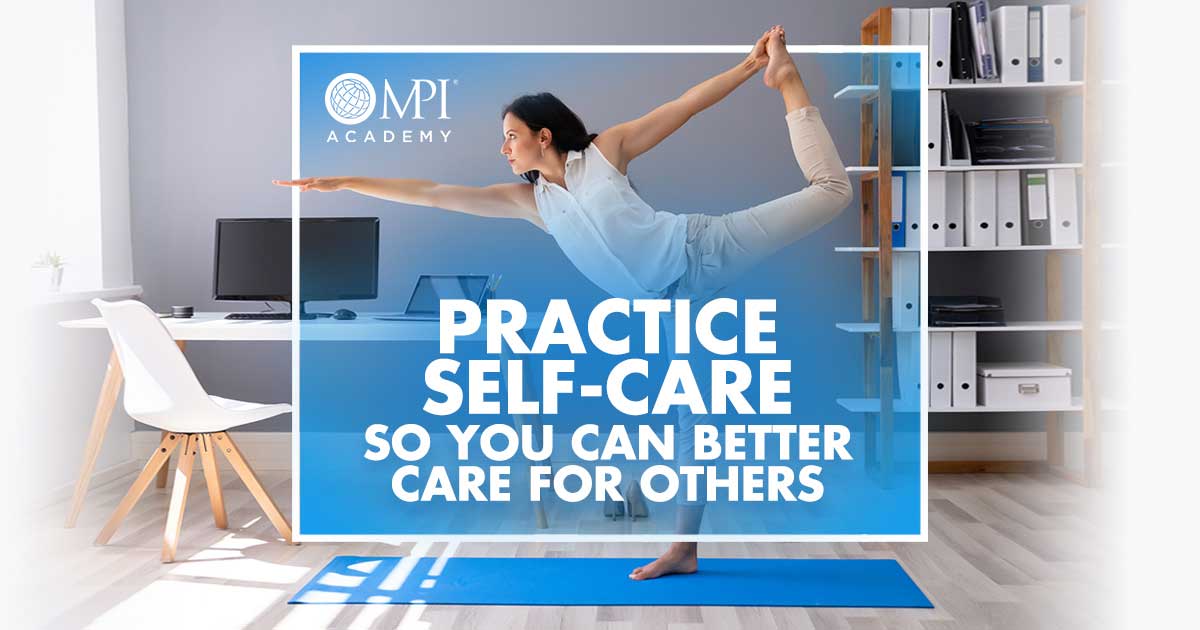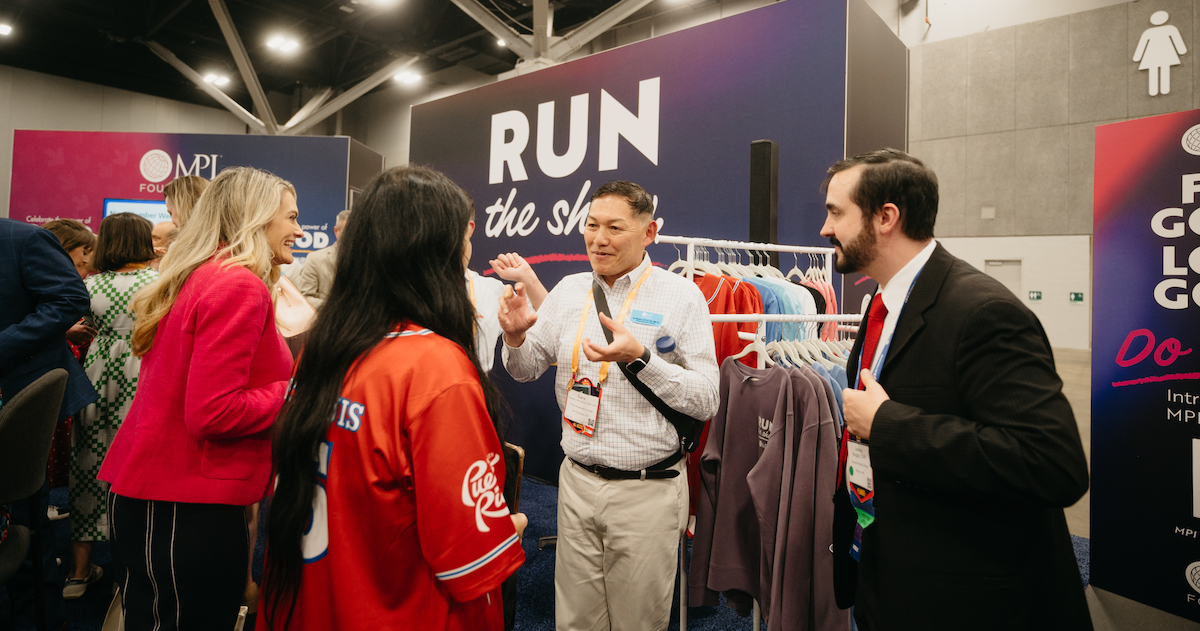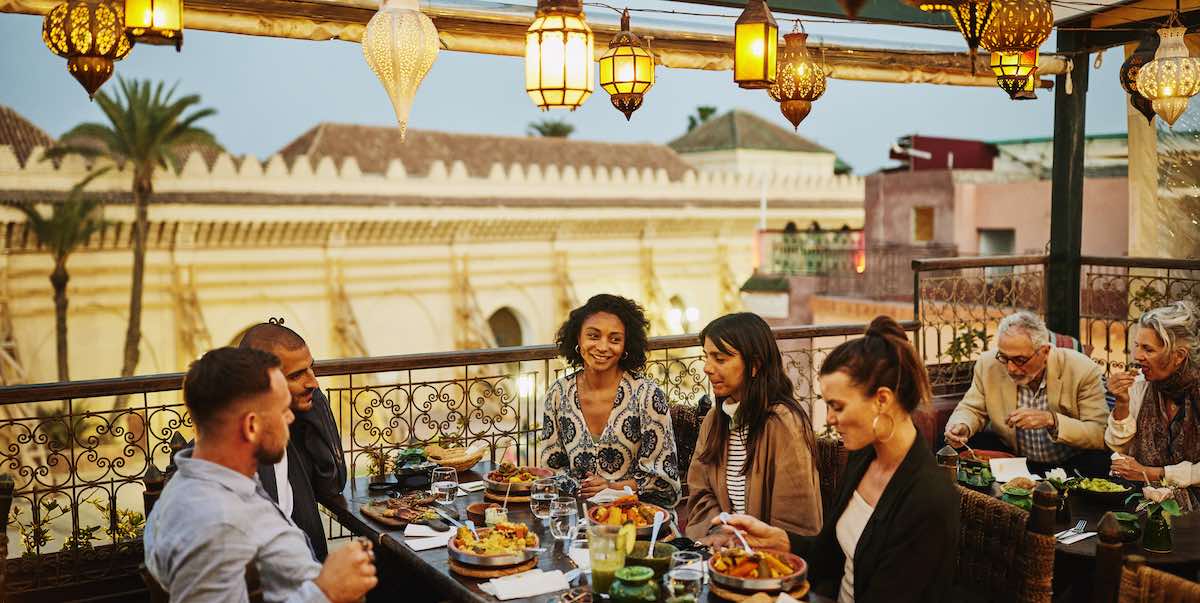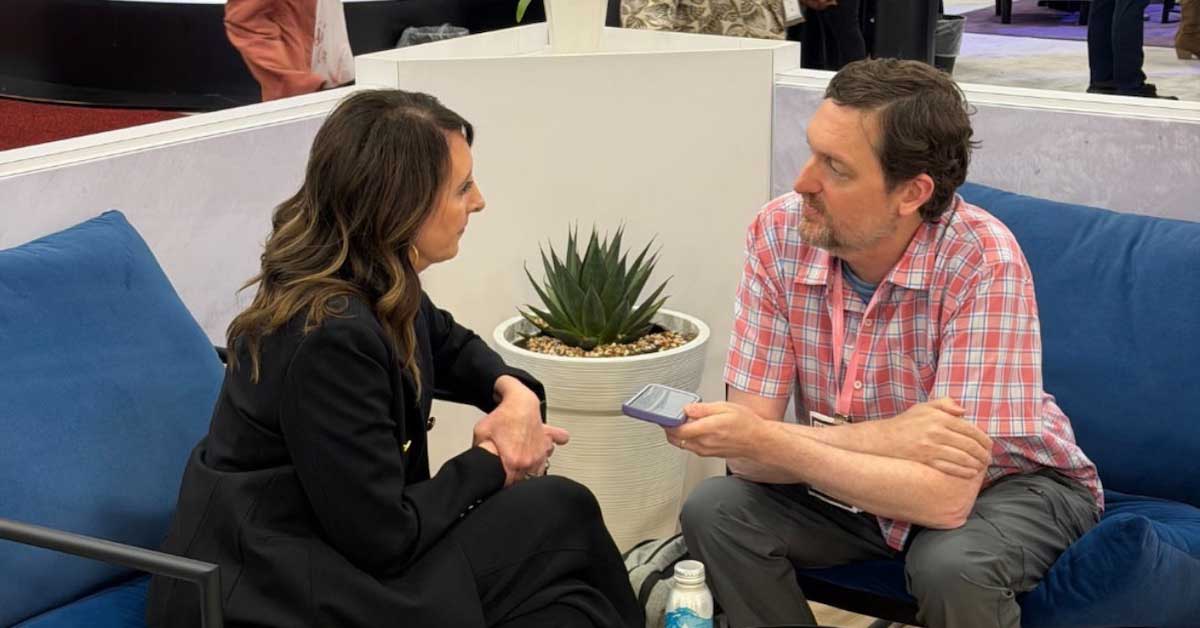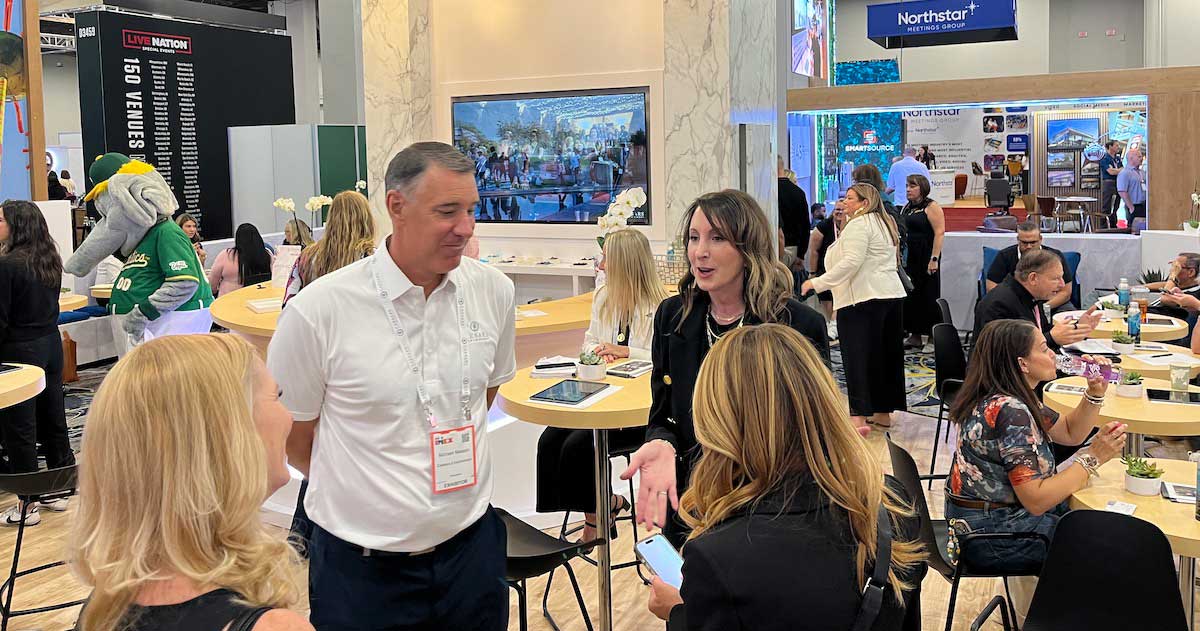As we continue to navigate the pandemic to its close, meeting and event professionals are tasked with a lofty goal: ensuring attendees feel that more than their physiological needs of food, shelter and water are met. When we examine Maslow’s Hierarchy of Needs, we have transcended what we considered the bare minimum of existence due to the pandemic. While we were OK ensuring basic needs were met at our events previously, we now know that attendees need more and expect more as live events regain momentum.
The case can be made that now more than ever, personal and professional wellness is a top priority. In fact, in a recent Meetings Outlook survey (August 2021), 63% of industry professionals reported that they had “more interest” in the topic of wellness than before the pandemic—a 30.6% increase from previous years. This begs the question: What does wellness within the meetings and events sector look like? While many building initiatives exist to create physical spaces that promote wellness-aligned behaviors, most of it boils down to event design and how event professionals can take a closer look at what comprises psychological safety and wellbeing among participants.
“It’s often said that meetings are the soul of change, but with professionals at the helm who are at their most unwell, can we really expect deep meaningful change to occur?”
With that, meeting professionals have also been confronted with the need to take a hard look at how they can incorporate wellness into their own lives. Consistently ranked as one of the most stressful jobs (six years running), more and more are realizing that to plan events rooted in integrative wellness design, they, too, need to realign how they address personal wellness. It’s often said that meetings are the soul of change, but with professionals at the helm who are at their most unwell, can we really expect deep meaningful change to occur?
In the marketplace, there are so many wellness gimmicks, tools and experiences clouding our vantage point. It is hard not to look at every targeted ad and wonder, “Is this really all it takes to be well?” The fact is that any single wellness element by itself does not provide a cure-all to the silent pandemic of stress, anxiety and burnout that plagues our industry. Rather, it requires a holistic approach that incorporates the eight dimensions of wellness to truly reap the benefits.
Event Wellness Design. Learn how to prioritize attendee wellness, and your own.
In 2021, MPI launched its Event Wellness Design course, a four-hour certificate course wholly dedicated to teaching event professionals the critical skills they need both professionally and personally to create integrative wellness experiences. Using Emotional Intelligence (EQ) as a core component of its message, this course invites participants to think differently about their next event so that wellness isn’t relegated to a standalone booth activation or F&B choices, but instead a foundational event component that cross references the eight dimensions of wellness with the nine strategic domains of meeting and event design.
The result? Meeting and event professionals that have a more reflective look at their own wellness and a better understanding of how they can transfer these skills in micro to macro ways at their next event while also providing the context that wellness indeed is not achieved through any one means, but instead when all eight components work seamlessly together.
